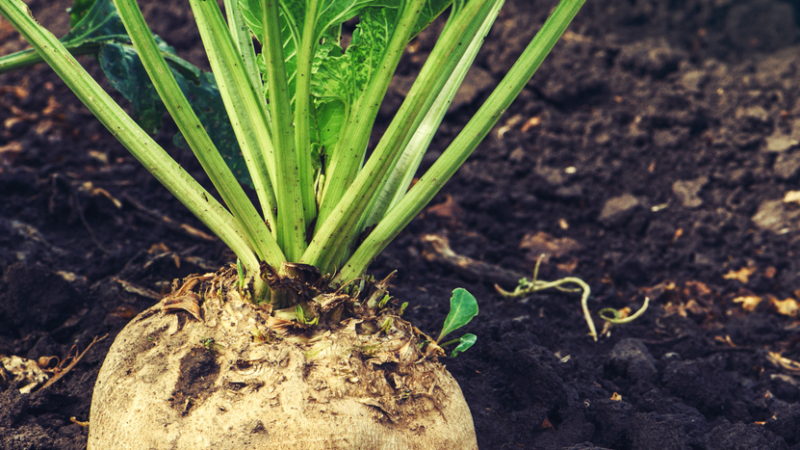Indian Sugar Subsidies Sink Global Prices
The Wall Street Journal recently published a must-read article clearly articulating how foreign-government intervention drives wild price fluctuations in the international sugar market. The article rightfully identifies India as one of the most egregious offenders, helping “push prices toward their lowest level in a decade”:
The drop extends a two-year stretch in which depressed prices have squeezed profits at sugar refineries, hurt farmers whose livelihoods depend on the crop and led to tensions between nations that are major producers. A big part of the decline stems from India, which overtook Brazil as the world’s biggest grower of sugar in the 2018-19 season, producing 33.1 million tons.
Generous past subsidies, estimated to have valued about $1.7 billion per year, have fueled a sugar surplus that the government is now seeking to offload onto the world dump market. The Wall Street Journal continues:
Bumper harvests have swelled India’s sugar stockpiles to around 17.6 million tons, according to the USDA. The prospect of these being sold on international markets has weighed on global prices for much of the year.
Many participants in the sugar market expect the Indian government to renew an export subsidy program for refineries in the coming weeks, albeit with some tweaks. The policy, introduced last year, contributed to a 52% rise in exports and has drawn ire from rival producers. The World Trade Organization is investigating complaints by Australia, Brazil and Guatemala that the subsidies are illegal.
Just days later, India’s government decided to renew its export subsidy program, announcing it will dole out nearly $880 million in subsidies to incentivize the export of 6 million tonnes of sugar in the 2019/20 marketing year which begins on October 1. Sugar mills will receive an export subsidy of 10,448 rupees – or nearly $145 – per tonne of sugar.
International reaction was swift as Brazil and Australia condemned the latest round of subsidies, with one industry leader in Australia branding India’s decision “a massive market distortion.” Bloomberg stated that the “subsidies are just another blow to the market that’s already suffering from oversupply.”
Amazingly, it appears that the Indian sugar industry wanted even more government assistance. An anonymous sugar miller expressed their disappointment to Reuters, saying, “We were expecting more than 12,000 rupees [$167] per tonne subsidy considering the drop in global prices.”
A drop in global prices driven in large part by India’s ever-expanding portfolio of government subsidies.
Due to government intervention, the economics of the world market are almost completely divorced from normal market signals and prices have fallen well below the cost of production. It’s increasingly clear that this is an unsustainable trend.
Faced with the volatility of the world market, America’s no-cost sugar policy helps level the playing field for our farmers and secures a stable supply of high-quality sugar for food manufacturers and consumers.
But America’s sugar industry is proud to be among the most efficient producers in the world and would like to compete in a free market. That is why we will continue to call on Congress to seek the elimination of all foreign sugar subsidies by passing Congressman Yoho’s Zero-for-Zero legislation. Dismantling all market-distorting subsidy programs will be the only way to truly establish a free and fair market for sugar.
Until then, we will continue to shine a spotlight on the foreign subsidies destroying the global market.



